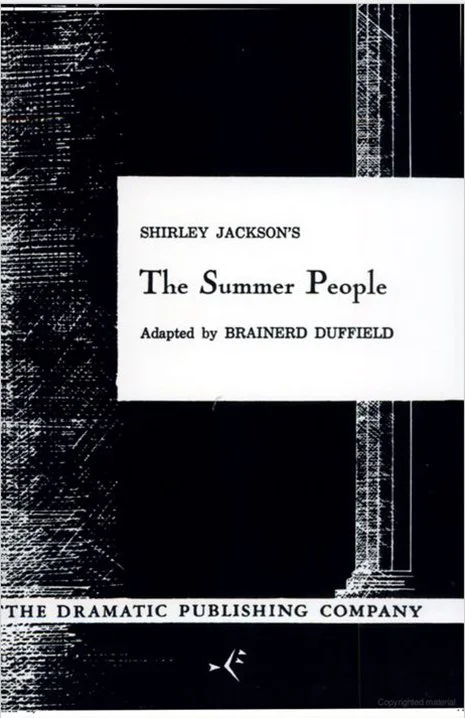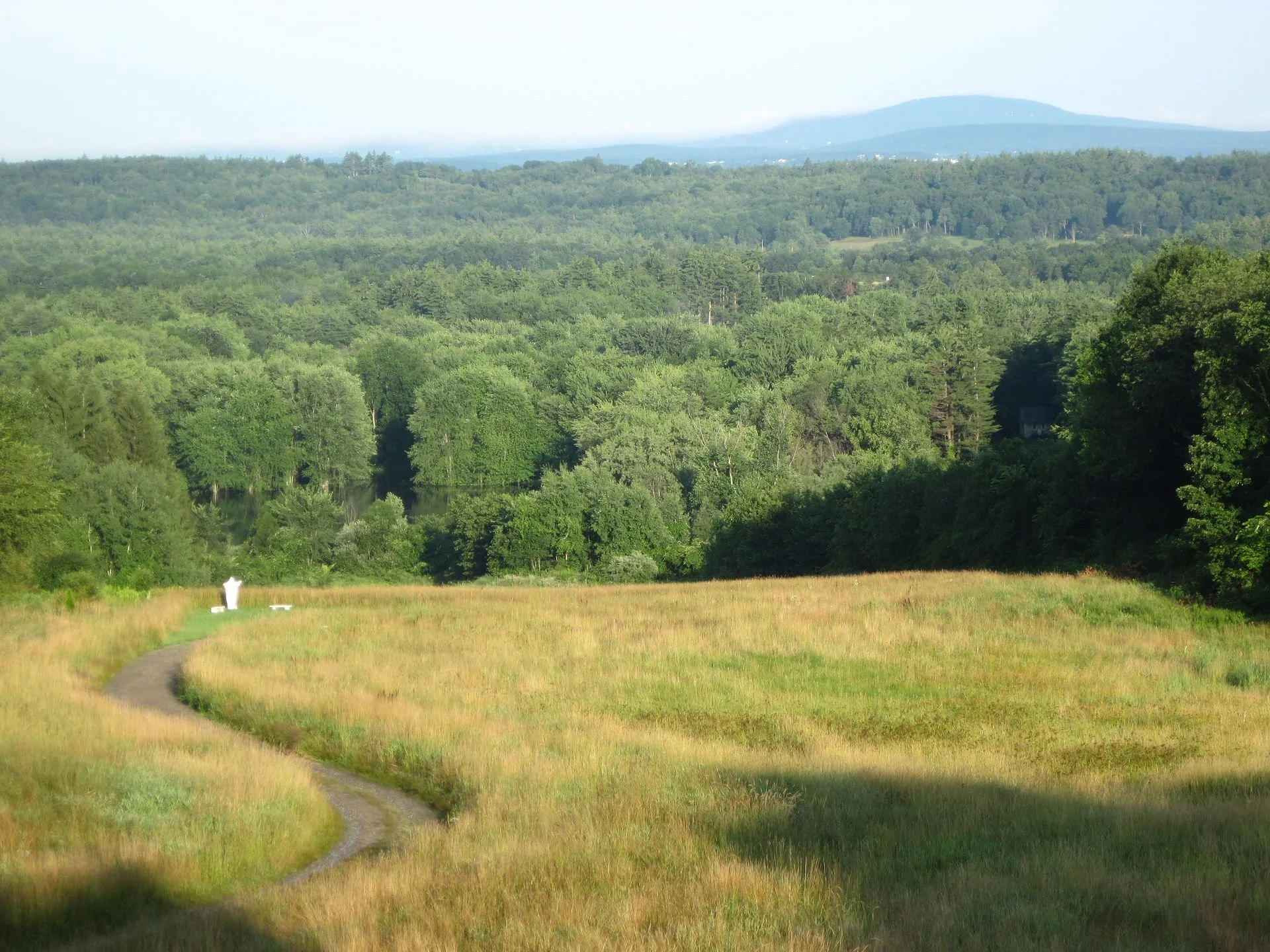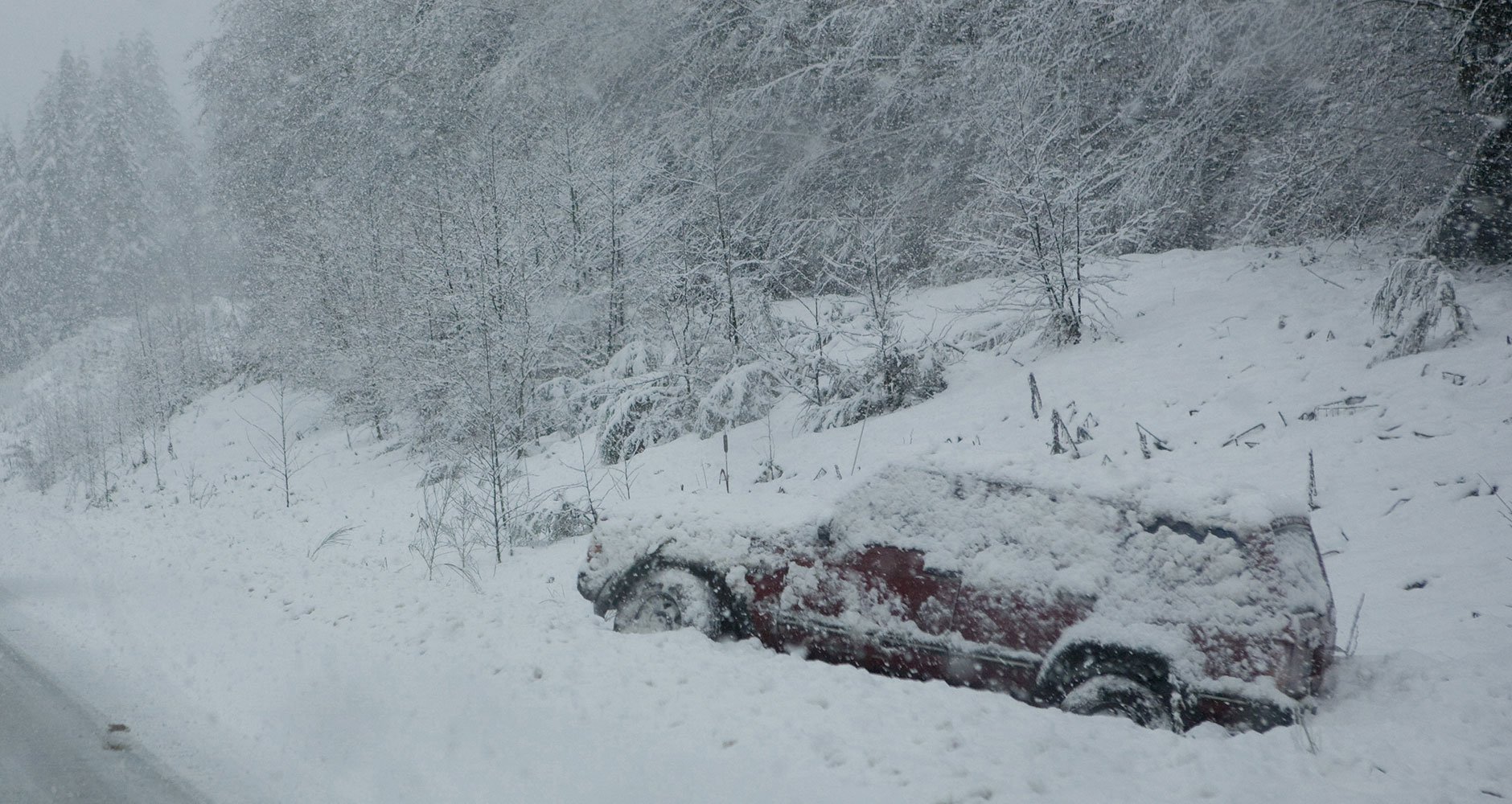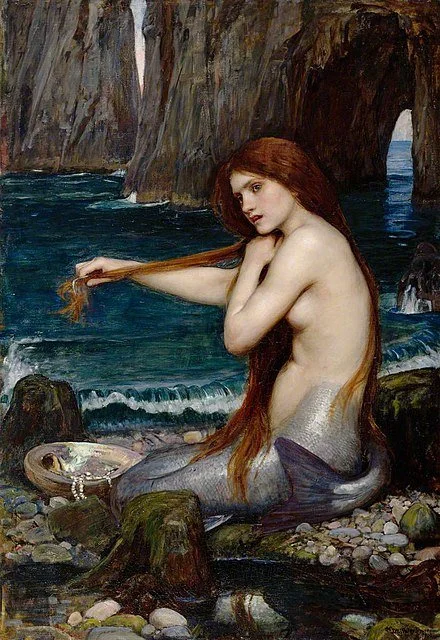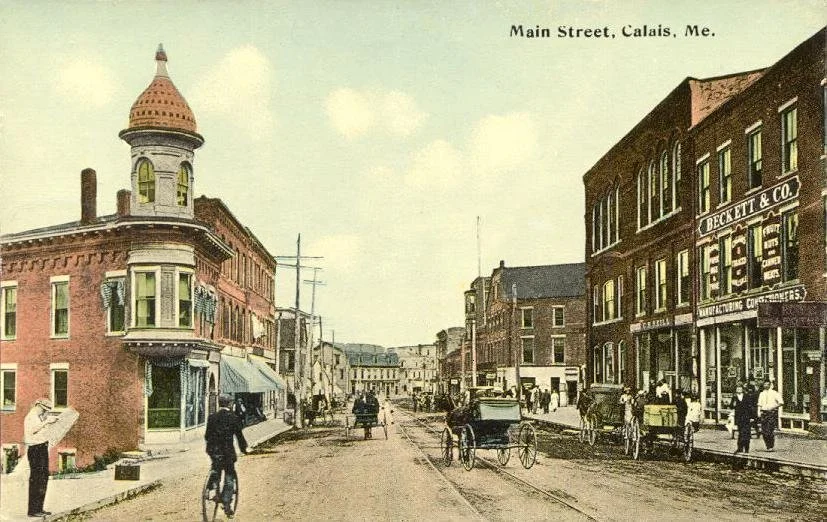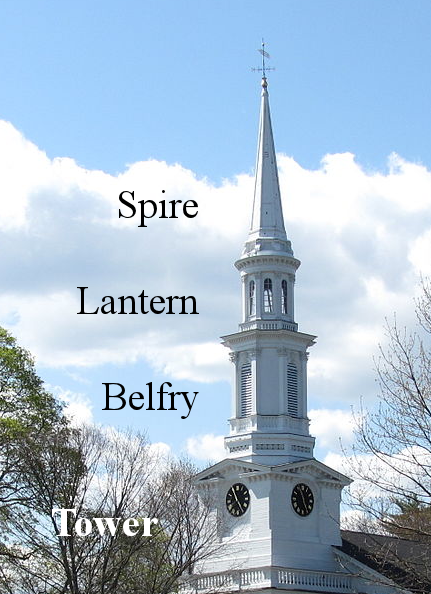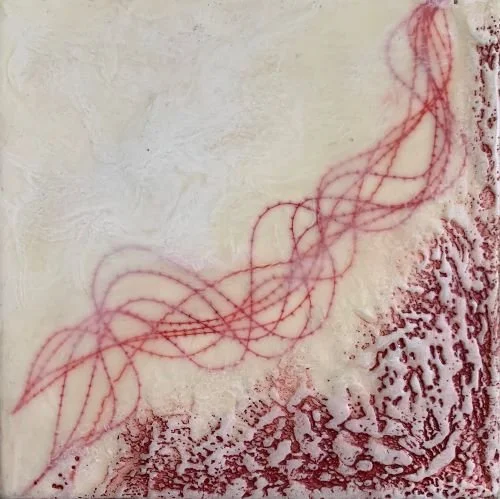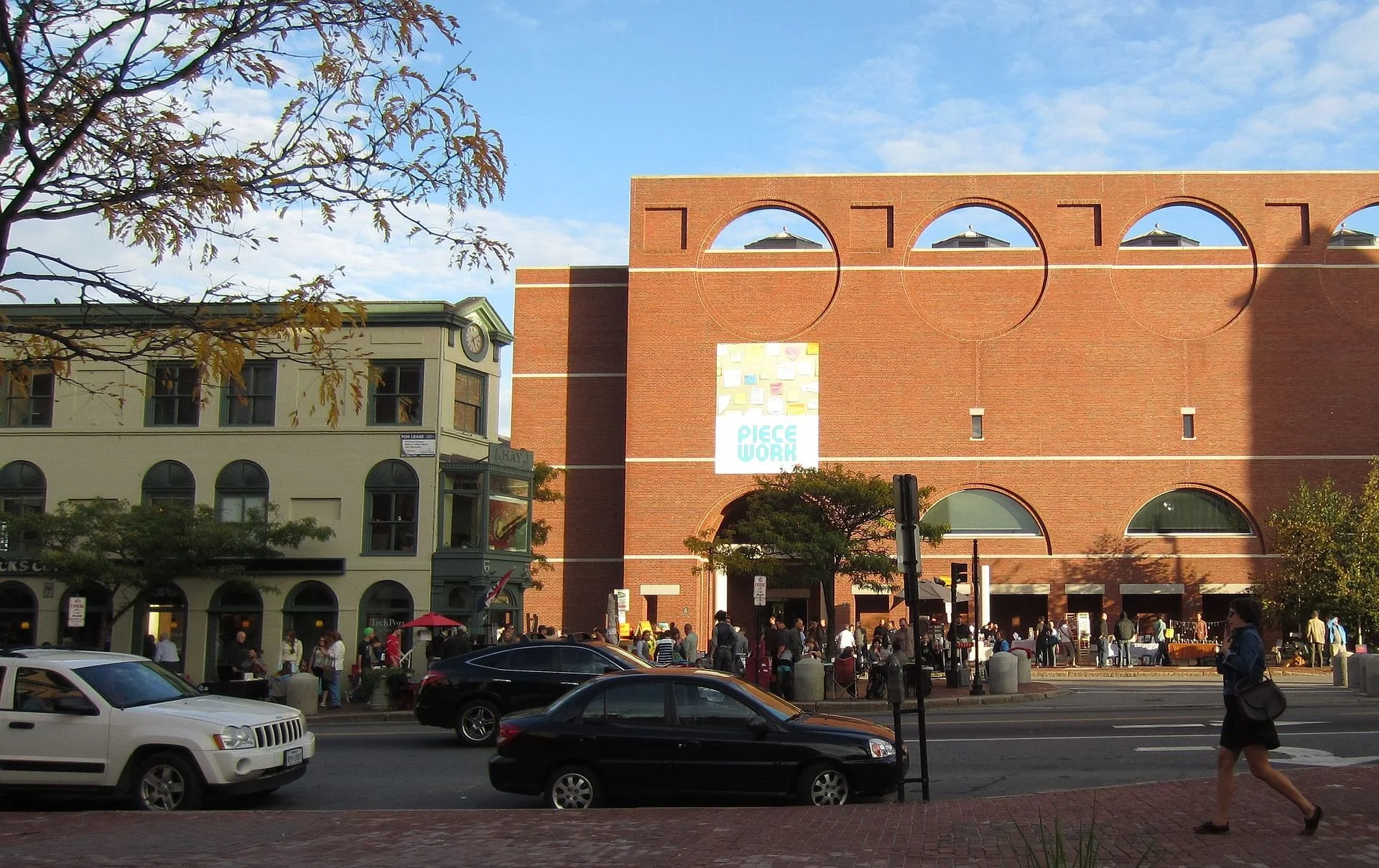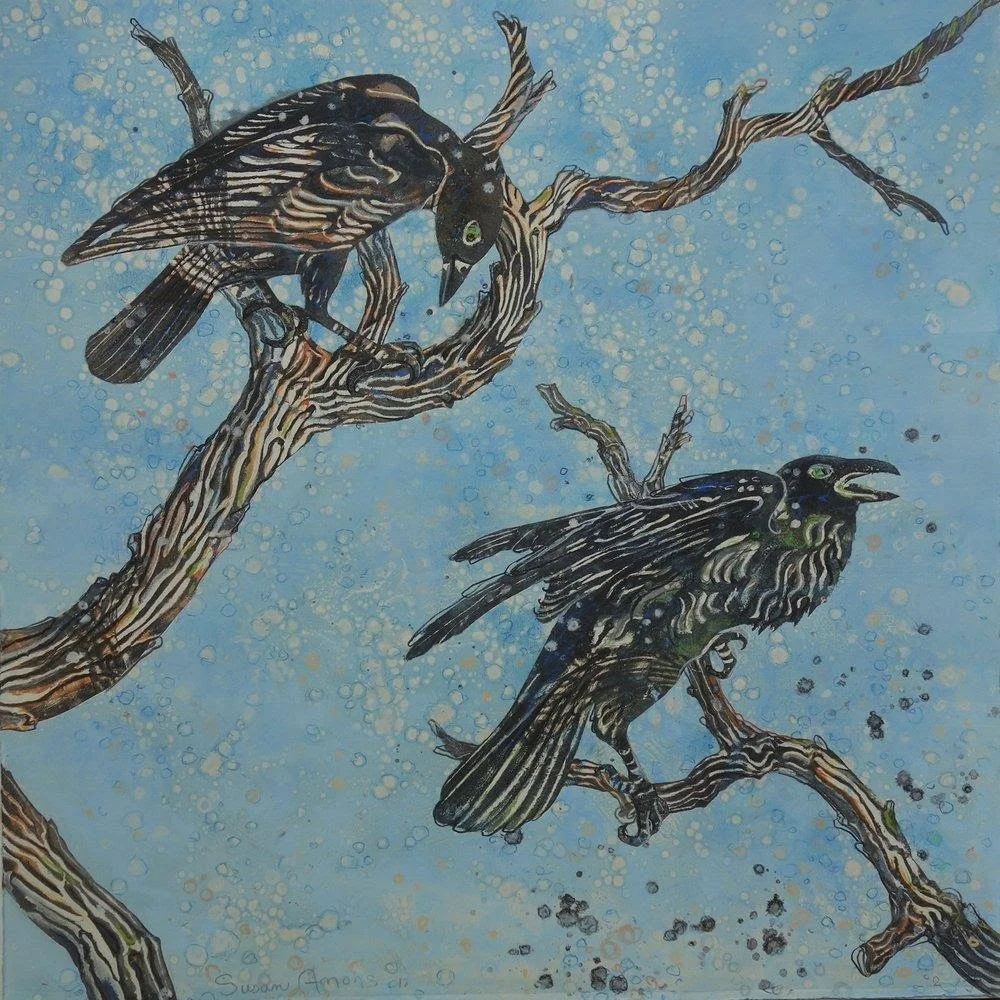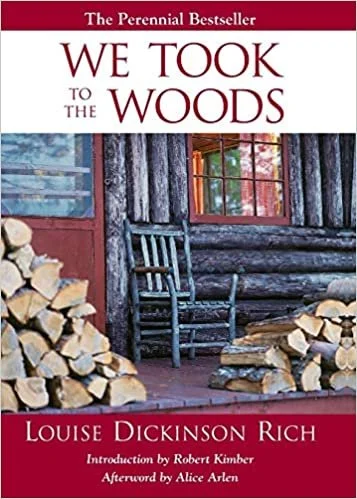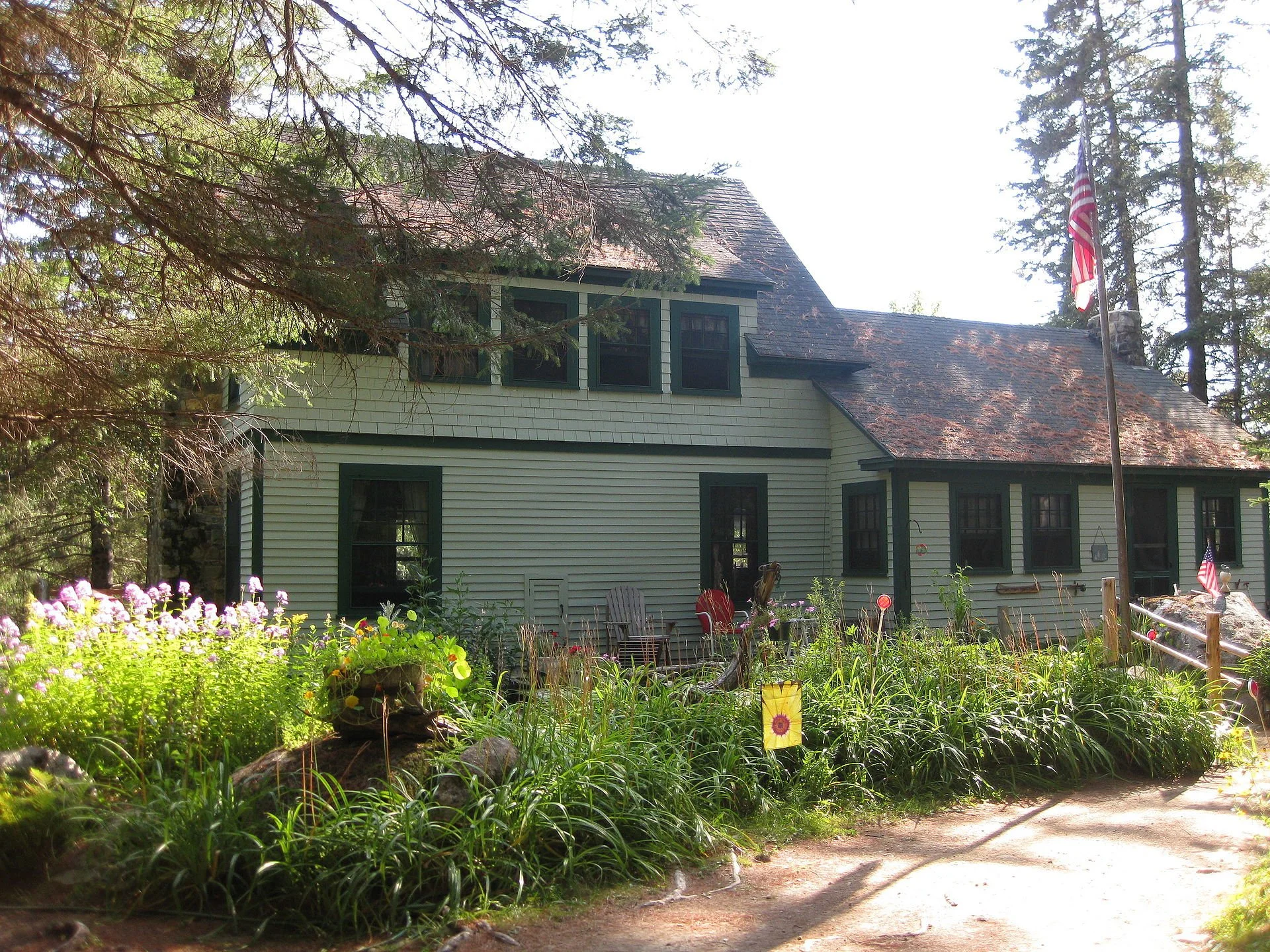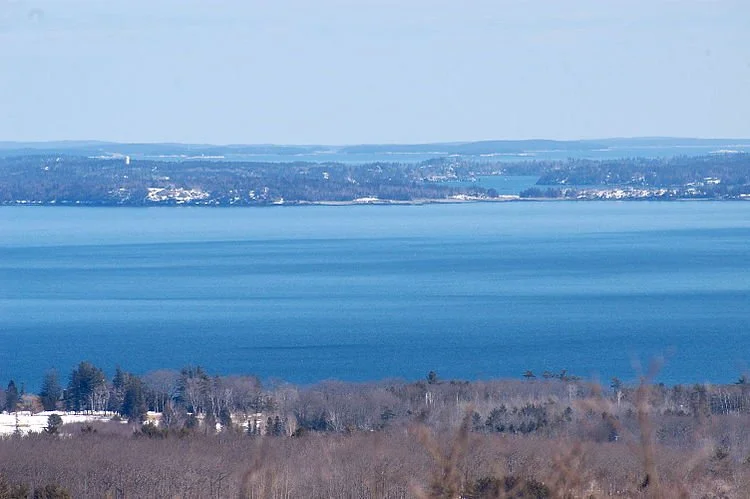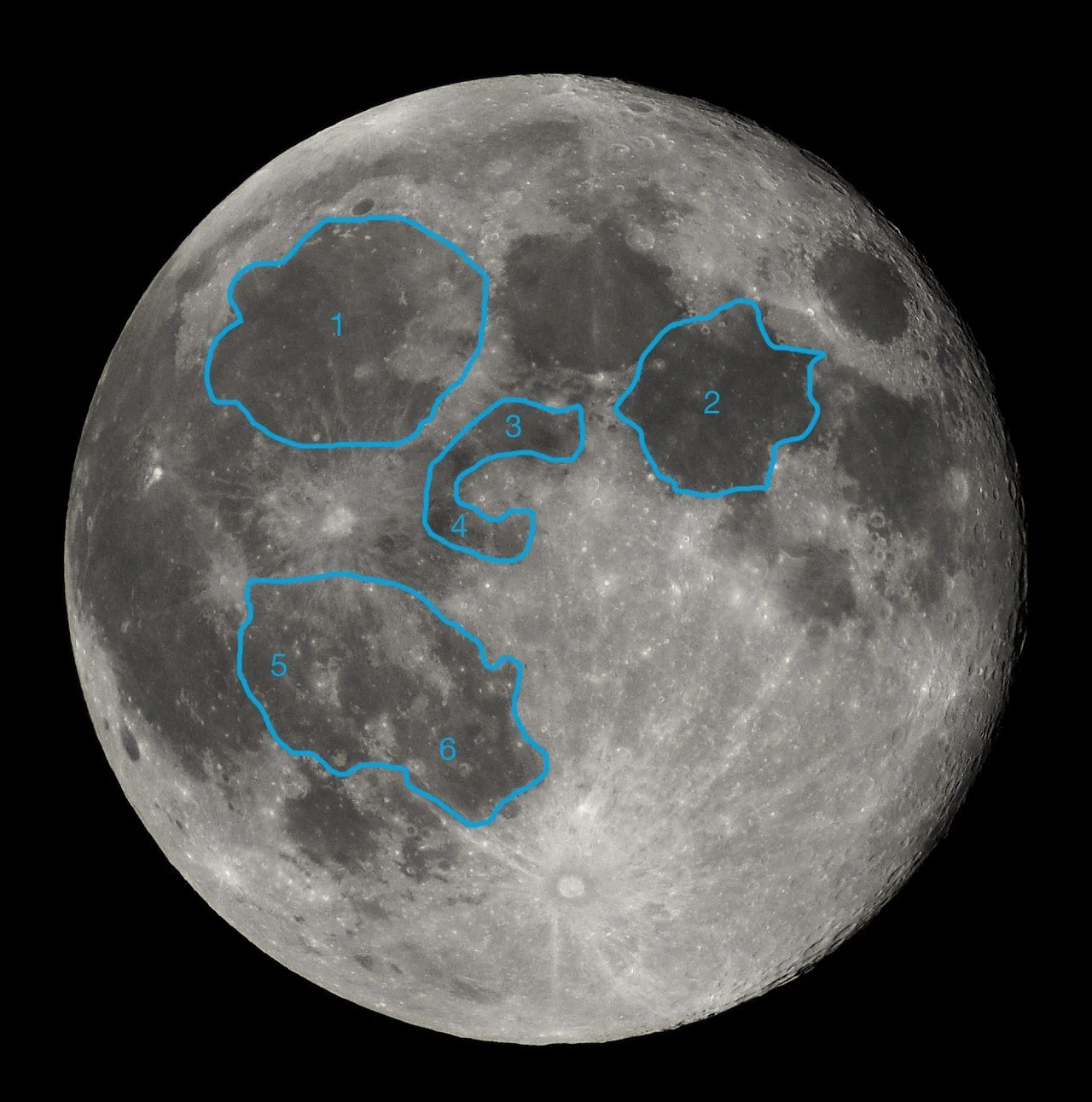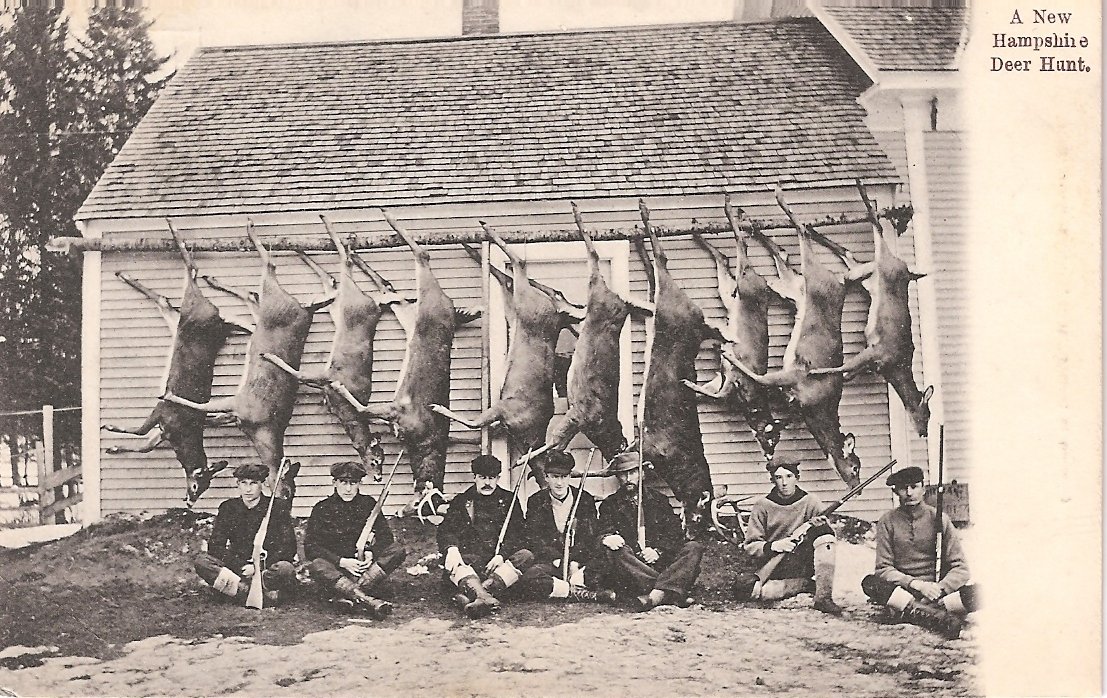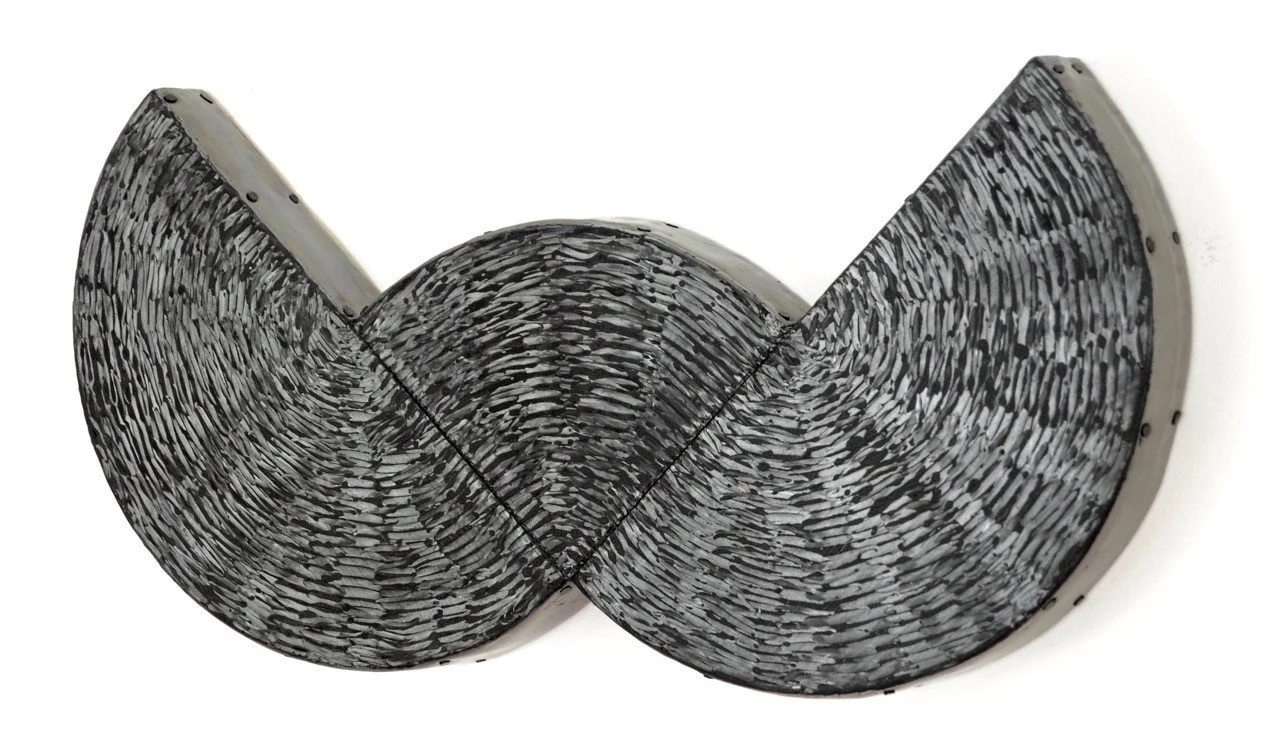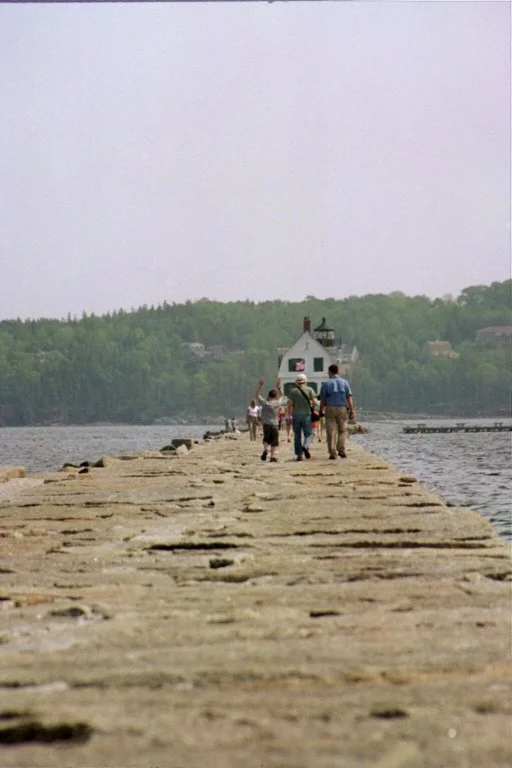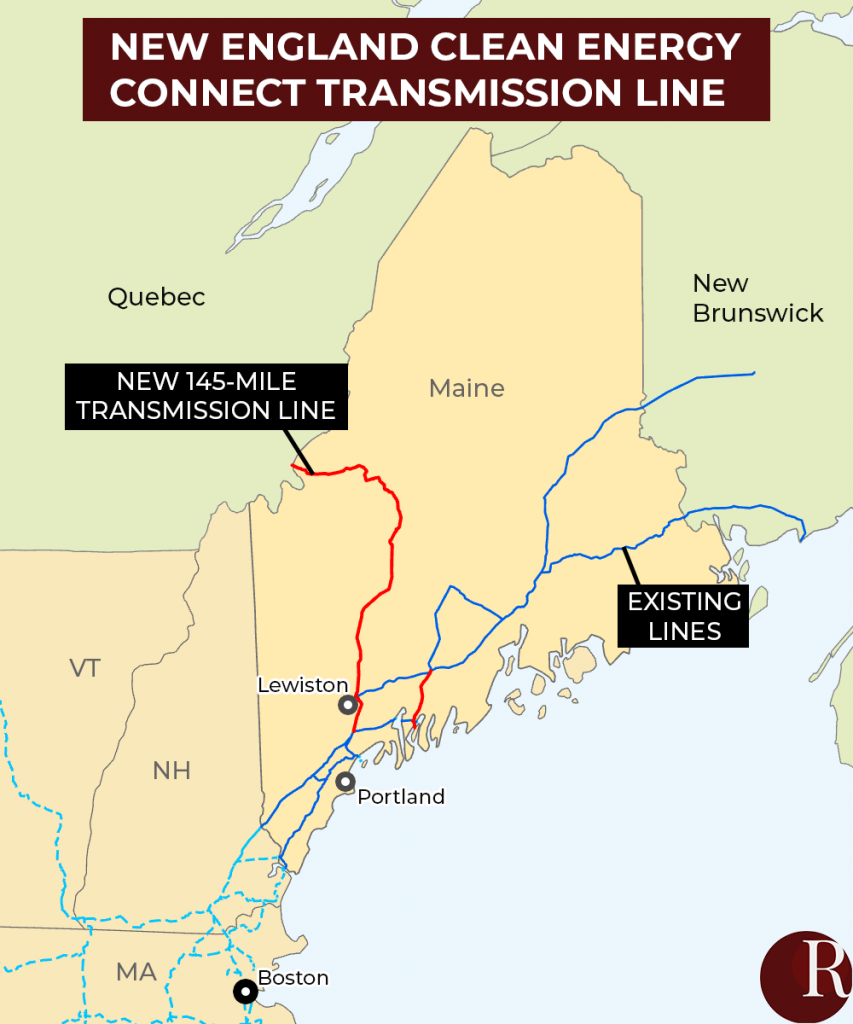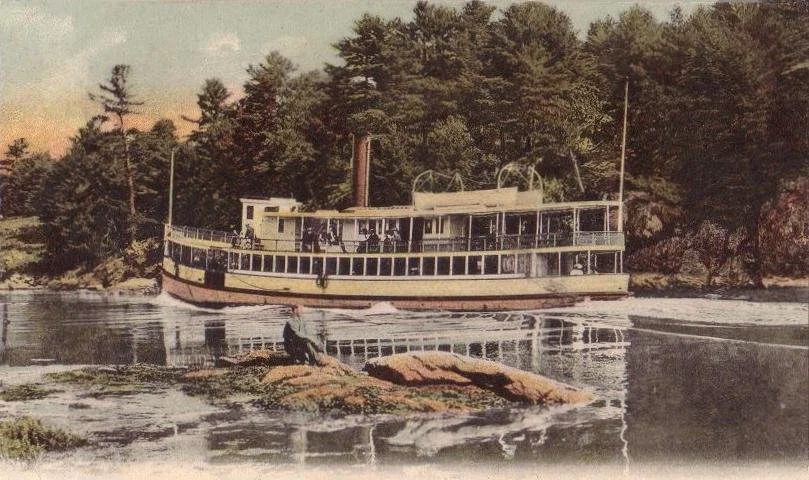
Where will the coastal year-rounders live?
Stonington waterfront in1915
Aerial view of fancy summer resort town Camden, Maine, from the harbor
—Photo by King of Hearts
Adapted from Robert Whitcomb’s “Digital Diary,’’ in GoLocal24.com
‘Many coastal communities in New England face severe housing shortages for year-round residents of modest means. Around here, Nantucket, Martha’s Vineyard and Block Island are infamous for this problem.
Consider Stonington, Maine, on Deer Isle. There, 80 percent of its shorefront is now owned by non-residents (mostly summer people), as are 56 percent of that fishing (mostly lobsters) port’s downtown properties, according to a report in the Portland Press Herald
The usually affluent summer folks bid up real estate prices to levels unaffordable to most year-rounders.
So where will the carpenters, yard-work people, plumbers, electricians and schoolteachers live? Perhaps some elderly summer people will leave their summer McMansions to towns to be converted into affordable housing. Just joking. But something must be done if these towns are going to have enough of the locals who make communities viable for year-round and summer people. That includes zoning changes and/or having states subsidize the construction of new housing in some places.
Tucker Carlson in Maine
Bryant Pond (aka Christopher Lake), in the western Maine town of Woodstock. Ousted Fox News commentator Tucker Carlson has a house in the Bryant Pond Village section of Woodstock, where he has done some shows. He has often said that it’s his favorite place and noted that his family has vacationed there for more than 40 years. His presence there has not been without controversy.
— Photo by Zendry423
Monument commemorating that Woodstock was the last location in the United States still using the crank telephone system until the early 1980s.
Walking to decide
Thee Marginal Way, in Ogunquit, Maine
Henry David Thoreau (1817-1862) walked 34 miles to Mount Wachusett, seen on the horizon, from his home in Concord, Mass
— Photo by Benabbey - Template:St. Benedict Abbey
Adapted from Robert Whitcomb’s “Digital Diary,’’ in GoLocal24.com
For a few hours last Thursday, it seemed that you could see the buds on the trees open in front of you in five minutes in the warm wind.
The fine weather reminds me of the joys and usefulness of walks. They’re good for the body and the mind. A good walk can help clarify your thinking when you have a difficult and/or complicated decision to make.
My favorite walks:
Walking from our house down a pot-holed one-lane road to rocky headlands on Massachusetts Bay when I was a boy. It went through cedar and oak woods and by a marsh thick with reeds through which we cut trails and created little rooms. Then I’d look up to the left at a gray-shingled house on a granite crag in the woods where hawks always seemed to be flying. As the road descended slightly to almost sea level there was a cottage to the right – I assume mostly a summer place – on a beach that extended out to a mussel bed. In those days we didn’t eat these shellfish but used them solely for bait to catch mackerel.
Then, near the end of the road, came a little beach, more stones than sand, on the left and two granite headlands, both with quartz stripes, one of which was an island at high tide on which stood a brick mansion, with a swimming pool, which we thought exotic. It was connected to the road by a slightly arched bridge. It took me no more than about 15 minutes to get to this place from our house, but that was enough in the salty air to feel refreshed with new ideas.
When I worked in Lower Manhattan, in the ‘70s, I frequently strolled down Broadway to The Battery, at the tip of the island, to stare out on New York Harbor, usually rippled by a southwest breeze. There I might buy a hot dog, with sauerkraut, from a cart manned by an old man with a beard. He too admired the view, though he noted in some sort of Slavic accent that “It’s too bad the water’s so dirty and smelly.’’ This was before the newly created EPA had sprung into action.
The best days for these walks were Sundays, a work day for me. Hardly anyone lived in Lower Manhattan then – it was almost entirely offices, most in the financial sector -- and so the neighborhood had a kind of sweet sadness on weekends.
One day I was walking with my colleague Marty Hollander down Broadway, and he looked over at the new Twin Towers and said: “Someday someone’s gonna fly into them.’’ I’m trying to recall if he meant intentionally or by accident.
Many of my most vivid memories are from walking in New York, though I only lived there for four years, but visited many times before and after. I guess one’s memories are implanted more firmly when one is young.
Before my Lower Manhattan gig, I’d daily walk to and fro between the campus of Columbia University, where I was a grad student, and the apartment I shared about 25 blocks south. When I didn’t stroll up Riverside Park, I’d go up
Broadway, by the Thalia movie theater and strange eateries. One specialized in Mexican Chinese food. On my way back home, the usual hookers stood by at the entrance to a store that sold newspapers and magazines; they nodded with dignity as people walked by.
On the trip to Columbia, I’d plan out the day, sometimes stopping to jot down ideas and reminders.
In Providence, where I’d come to work at The Providence Journal, then in its last glory decades, I’d hike from our house in Fox Point and later the East Side among the architectural marvels of College Hill to the Journal Building and back again at night – often very late. The homeward-bound trip was fine exercise because of the steep hill. Later on, however, when I became an “executive’’ I found that I no longer had the time and drove. It was frustrating.A
I fixed a lot of problems on these walks, which I did in all weather, including the Blizzard of ’78.
Only way to start it
Kent Burying Ground, in Fayette, Maine. Established in 1880 by Elias Kent, it is unusual for its layout of concentric rings around a central monument.
Edwin Valentine Mitchell (1890-1960) in his book It’s an Old State of Maine Custom, recalls the story of the tourist being shown around town by a local who remarks to his guide how very old the townspeople seem:
“‘Seems as if everybody we meet is old,’ says the tourist.
“‘Yes,’ the guide admits, ‘the town does have a lot of old folks.’
“‘I see you have a beautiful cemetery over there,’ remarks the tourist a bit later.
“‘Yup,’ is the laconic answer. ‘We had to kill a man to start it.”’
Depends on what you mean by 'Spring'
“Spring, in Maine, is not exactly a date on the calendar. It comes when it gets good and ready, and before we see any summer folks we’ll have another blizzard.’’
— John Gould (1908-2003), Maine-based humorist, essayist and columnist, in Old Hundredth
Those pesky barnacles
“A Mermaid” (1900), by John William Waterhouse
“It was a Maine lobster town —-
each morning boatloads of hands
pushed off for granite
quarries on the islands….
”One night you dreamed
you were a mermaid clinging to a wharf-pile,
and trying to pull
off the barnacles with your hands.’’
— From “Water,’’ by Robert Lowell (1917-1977)
‘Inflexibly territorial’
1913 postcard of the way Downeast community.
Cutler, Maine, harbor.
“Many small towns I know in Maine are as tight-knit and interdependent as those I associate with rural communities in India or China; with deep roots and old loyalties, skeptical of authority, they are proud and inflexibly territorial.”
– Paul Theroux (born 1941), famed travel writer and novelist
‘Sliver at the end of time’
The Moore Homestead on Gotts Island, Maine, c. 1910.
“A little sliver on the end of Time
Unhinged the doors, dropped walls and dried the wells.
The stubborn seeds drove up through lath and lime,
The tough wild roses hid the weathered shells.’’
— From “Remembrance of a Deserted Coastal Village,’’ by Ruth Moore (1903-1989), Maine novelist and poet who once had a national reputation.
‘Purely to the heavens’
Typical New England-style church steeple.
— Photo by Mangoe
“In this wind to wrench the eye
And curdle the ear,
The church steeple rises purely to the heavens;
The sky is clear.’’
— From “Fiend’s Weather,’’ by Louise Bogan (1897-1970), a native of Livermore Falls, Maine, and a U.S. poet laureate
Depressing Depot Street in Livermore Falls in 1909, when the place was a busy mill town like so many others in New England.
‘Beauty and its opposites’
“Onward” (paper, thread, encaustic paint, oil stick on braced panel), by Portland, Maine-based artist Kimberly Curry.
From her artist statement:
“Using my home state of Maine as muse, as well as my travels around the world, I am inspired by the beauty in ordinary things.
“I have a style that ranges from structured seascapes of Maine that capture a point in time to following a concept in a loose abstract way. Among other things, I explore beauty and its opposites.’’
She has an expressive sense of humor and playfulness that sometimes will emerge in the work as well.
The Portland Museum of Art in the Arts District of Portland.
Bd2media -
The Porteous Building, a 1904 beaux arts-style building, houses the Maine College of Art & Design’s classrooms, libraries and galleries.
— Photo by Motionhero
Cold-weather creatures
“Snow Crows” ( monoprint), by Susan Amons, in the group show with Lisa Houck and Richard Remsen entitled “Managerie a Trois,’’ at Cove Street Arts, Portland, Maine, through Jan. 21.
— Photo courtesy Cove Street Arts.
The gallery says the show presents animal-themed artwork focusing on creatures often associated with winter. For more information, please visit here.
Main Street in downtown Biddeford
— Photo by Lookinforahome
Europeans first settled in what became Biddeford, which had been well-populated by Native Americans, in 1616. In the 19th Century, Biddeford became a prosperous industrial center, with granite quarries and brickyards and lumber, grain and textile mills. In recent years, some of the old mills have been converted into retail stores, art studios, cultural-event spaces and upscale housing.
Biddeford hosts the University of New England.
Be creative
Forest Lodge, one of Louise Dickinson Rich’s houses in the Maine area she wrote about. She wasn’t exactly roughing it.
— Photo by Beverkd
"You can think of a lot of things to make out of nothing if you have to.’’
— Louise Dickinson Rich (1903-1991) in her book We Took to the Woods (1942), This, the writer’s most famous book, was autobiographical and set in the 1930s when she and husband Ralph lived near Umbagog Lake, in Maine
‘Dripping jawful’
North Haven and the Fox Islands Thoroughfare viewed from Rockland, Maine.
“The bight is littered with old correspondences.
Click. Click. Goes the dredge,
and brings up a dripping jawful of marl.
All the untidy activity continues,
awful but cheerful.’’
—From “The Bight,’’ by Elizabeth Bishop (1911-1979), a Pulitzer Prize-winning poet, who was born in Worcester and died in Boston but lived in many places in between, including North Haven, Maine, where she had a summer place.
‘And our new refrigerator’
Common interpretation of the Man in the Moon as seen from the Northern Hemisphere
— Photo/graphic byLuc Viatour
“Oh, God, the full-faced moon is smiling at me
in his pink sky, and I'm alive, alive (!)
and driving home to you and our new refrigerator.
A skin of snow shines on the mountain beyond Burger King
and this garden of wires and poles and lighted signs.’’
— From “Coming Home,’’ by Hope, Maine-based poet Elizabeth Tibbetts (born 1953)
Must have been his brown coat
“{During the Maine hunting season} there’s a lot of noise, and now and then we hear a bullet slap into the clapboards, and once in a while we have to stop husking corn and go up in the woods and bring out a wounded hunter. Bringing out a wounded hunter wouldn’t be so bad if you didn’t have to listen to his companion explain how he looked like a deer.’’
— John Gould (1908-2003), in Neither Hay nor Grass (1951). He lived in Brunswick, Maine.
1912 postcard. The river is the Androscoggin, which starts in the White Mountains.
Ebb and flow about issues
“Ebb & Flow” (encaustic on panel and lead), by Rockland, Maine-based painter Kim Bernard.
She says:
“I create work that is for the public, uses recycled materials, is interactive and kinetic, involves the community in the making and raises awareness about environment issues and social causes. I am particularly interested in working creatively with high-risk youth, engaging them in hands-on projects that encourage creative problem solving, collaboration, skill building and self-esteem.’’
Rockland Breakwater Light.
— Photo by Needsmoreritalin
Antler art
Basket by Maine artist Sarah Sockbeson at the Portland Museum of Art.
The museum says:
Her work “offers insight into Wabanaki basketry as an ever-evolving art form. The incorporation of deer antler, which Sockbeson cuts, carves, and polishes herself, has emerged as a kind of signature—her personal inflection to a practice that both upholds and updates established techniques.’’
The Abenaki are an indigenous people of the Northern Woodlands of Canada and the United States. They are an Algonquian-speaking people and part of the Wabanaki Confederacy. The Eastern Abenaki language was predominantly spoken in Maine, while the Western Abenaki language was spoken in Quebec, Vermont and New Hampshire.
Dark green shows the territory of the Eastern Abenaki.
Ready for a fight
“Costume Design” (1924) (graphite and gouache on paper), by Alexandra Exter, in the show “Time and Tide Flow Wide: The Collection in Context, 1959-1973,’’ at the Colby Museum of Art, Waterville, Maine. The exhibition celebrates the early years of the museum.
Another chance for Quebec hydro-power line into New England
Adapted from Robert Whitcomb’s Digital Diary, in GoLocal24.com
It looked like the long-delayed power line to run from hydro-electric generation in Quebec (comfortably close to us) into the New England grid was kaput after a legally dubious referendum in Maine blocked the line. The project is called New England Clean Energy Connect.
But the Maine Supreme Judicial Court held last month that important sections of the law enacted by the referendum were unconstitutional because they deprived the company building the line -- Avangrid -- of rights that had already been legally vested before the vote. In short, the justices opposed the retroactive nature of the referendum.
Now the case goes back to a lower court for review.
Note that well-funded opposition to New England Clean Energy Connect includes such still fossil-fuel-heavy companies as NextEra Energy, which naturally see the power line as threatening their businesses.
The story is far from over, but in a world of accelerating global warming and countries held hostage by corrupt dictatorships financed by natural gas and oil, the Maine decision is a glimmer of good news.
There may be incriminating evidence
“now don’t show this to anybody” (colored pencil on paper), by Tom Butler, in his show at Sarah Bouchard Gallery, Woolwich, Maine, through Sept. 18.
The gallery says that the show includes Butler's work in photography, bronze casting, graphite drawings and more, with an emphasis on the “sculptural qualities of the medium.’’
The image above at “first seems simple upon first glance but opens up quickly through its varied and layered texture brought out by the artist’’.
Mr. Butler lives in London (England) and Portland, Maine.
In Woolwich, Hell Gate on the Sasanoa River, circa 1906



